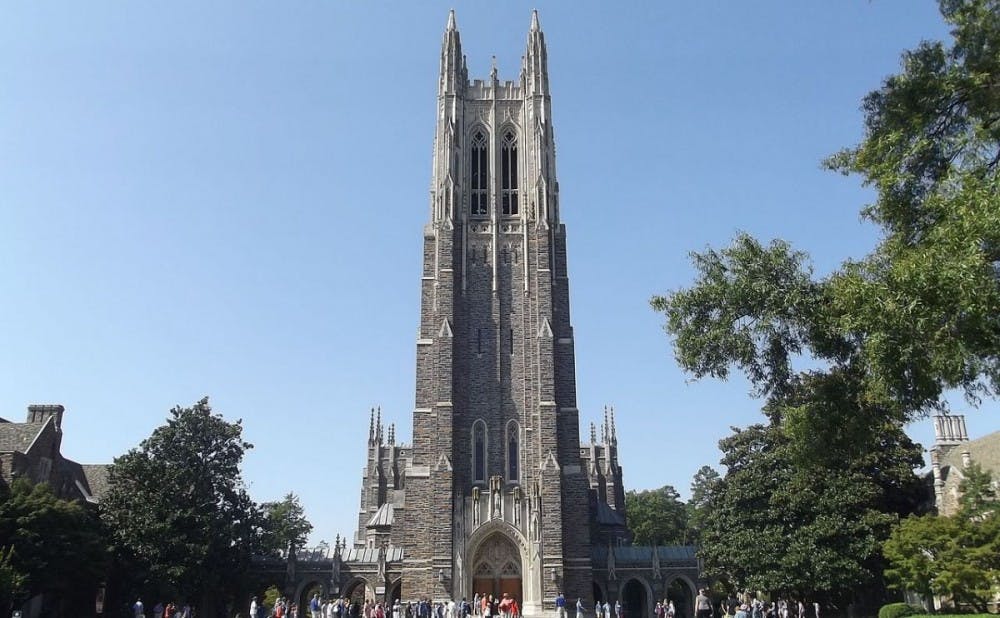After experiencing a minor dip from 2019-20, Duke’s endowment returned nearly 56% during the past year in large part due to market resurgence and successful investments.
The fund has swollen to $12.7 billion after being capped at $8.5 billion last year. As of June 30, the endowment was made up of more than 5,600 individual funds, according to the 2020-21 endowment snapshot.
The endowment’s bounceback was the biggest one-year return since the 2016-17 fiscal year, during which it returned 12.9%. For comparison, the endowment in 2010-11 was around $5.7 billion, less than half of the current fund.
How is the endowment used?
A select portion of the endowment funds are disbursed each year in alignment with Duke’s needs. The “spending rate” for a given year is always 5.5% of the average value of the endowment over the prior three years.
This year, 22% was designated for bolstering financial aid and 20% for the support of certain faculty positions, according to the endowment snapshot. Nearly a third of endowed funds, and the largest portion spent, is designated for “unrestricted” support of the University.
Who manages the endowment?
The endowment is managed by DUMAC Inc., a Board of Trustees-approved nonprofit which also oversees Duke employee retirement assets, health system investments and The Duke Endowment, a private trust established by James B. Duke in 1924.
Following guidelines laid out by the board, DUMAC invests their portion of the endowment across a “broadly diversified portfolio of economic sectors,” including private equity in companies, corporate bonds, investments in infrastructure and real estate. Maintaining a variety of ventures reduces the risk of monetary loss, as DUMAC’s ultimate goal is to protect and grow the endowment.
With DUMAC managing the endowment, the fund’s yearly returns have consistently outperformed a combination benchmark of the MSCI All Country World Index, which represents the performance of the global equity market, and the Bloomberg Barclays Aggregate Index. Duke’s endowment is also expanding at a tremendous rate in comparison to the benchmark under DUMAC.
What’s next?
The Board of Trustees’ Resources Committee met with Duke and DUMAC leadership on Sept. 24 to discuss the management of the endowment and several other topics. DUMAC president Neal Triplett declined to comment on performance, but the summary of the meeting noted that the return “significantly strengthened the University’s balance sheet.”
During the Sept. 24 meeting, President Vincent Price acknowledged that the strong return in the endowment would give the University “the opportunity to engage more deeply in strategic priorities like student aid and research,” and that the added funds will “provide much-needed support for our essential core services and activities.”
Get The Chronicle straight to your inbox
Sign up for our weekly newsletter. Cancel at any time.
Gautam Sirdeshmukh is a Trinity senior and a staff reporter for the news department. He was previously the health & science news editor of The Chronicle's 117th volume.

